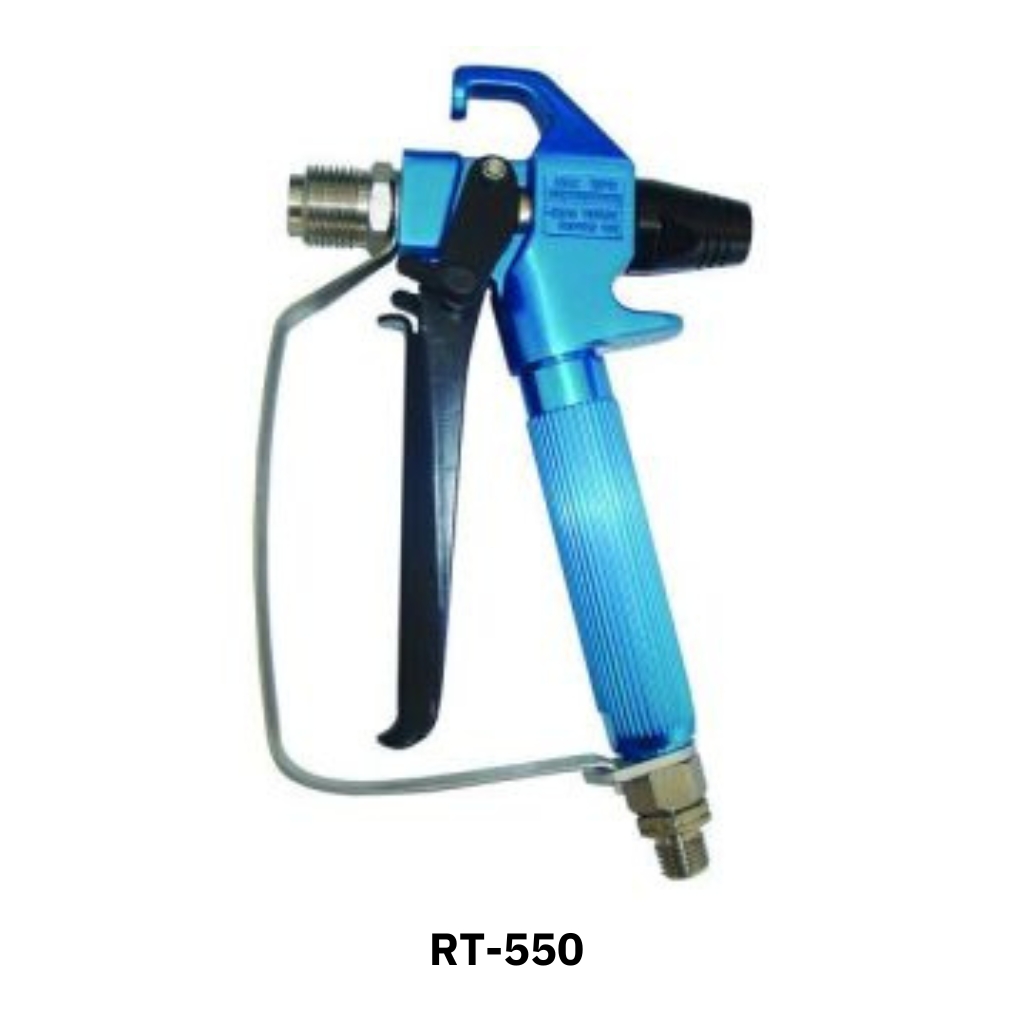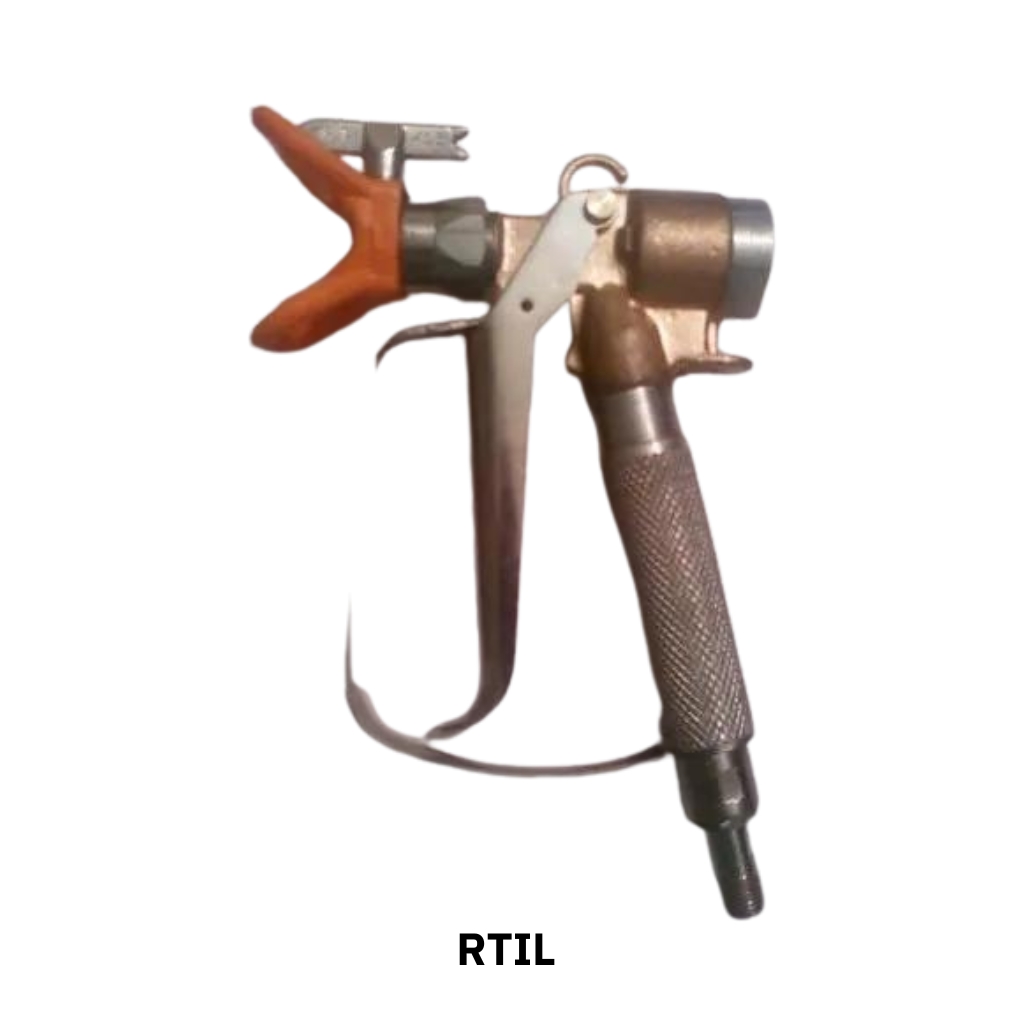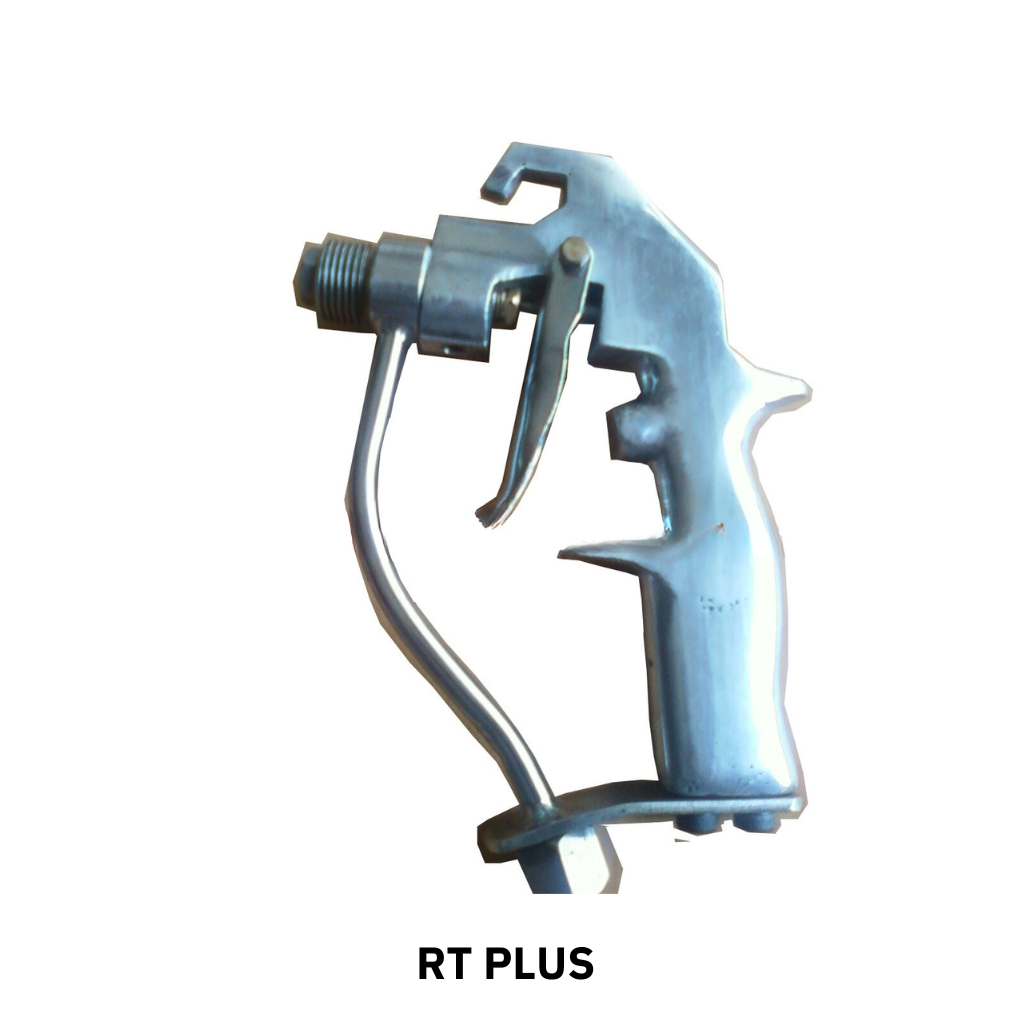Spray Painting Gun
- PRODUCT
- Spray Painting Gun



Design: Spray guns typically consist of a handle, a trigger, a nozzle, and a paint reservoir. The design may vary depending on the type and purpose of the gun, but they generally share these basic components.
Handle: The handle is the part of the gun that the user grips onto. It’s usually ergonomically designed for comfortable use over extended periods.
Trigger: The trigger is located on the handle and is used to control the flow of paint. Squeezing the trigger releases paint, while releasing it stops the flow. This allows for precise control over the application of paint.
Nozzle: The nozzle is located at the front of the spray gun and is where the paint is atomized and expelled. Nozzles come in various sizes and shapes, which can affect the spray pattern and the amount of paint applied.
Paint Reservoir: The paint reservoir, also known as the paint cup or paint tank, holds the paint that is to be sprayed. It can be detachable for easy refilling and cleaning. In some spray guns, especially those used in industrial applications, the paint may be fed from an external container via hoses.
Air Cap: The air cap is a component located at the front of the spray gun nozzle. It helps in shaping and directing the spray pattern by controlling the airflow around the nozzle.
Adjustment Controls: Modern spray guns often come with various adjustment controls that allow the user to fine-tune parameters such as paint flow rate, spray pattern width, and air pressure. These controls enable precise customization according to the specific requirements of the painting task.
Types of Spray Guns:
- Conventional Spray Gun: These guns use compressed air to atomize the paint, providing a high-quality finish but may produce more overspray compared to other types.
- HVLP (High Volume Low Pressure) Spray Gun: HVLP guns are designed to minimize overspray by using a higher volume of air at a lower pressure. They are more efficient and environmentally friendly, making them popular for various applications.
- Airless Spray Gun: Airless spray guns use high pressure to atomize the paint, eliminating the need for compressed air. They are commonly used for painting large surfaces quickly and are suitable for thick coatings.
Accessories: Spray guns may come with additional accessories such as different nozzle sizes, paint strainers, cleaning brushes, and maintenance tools to ensure optimal performance and longevity.

